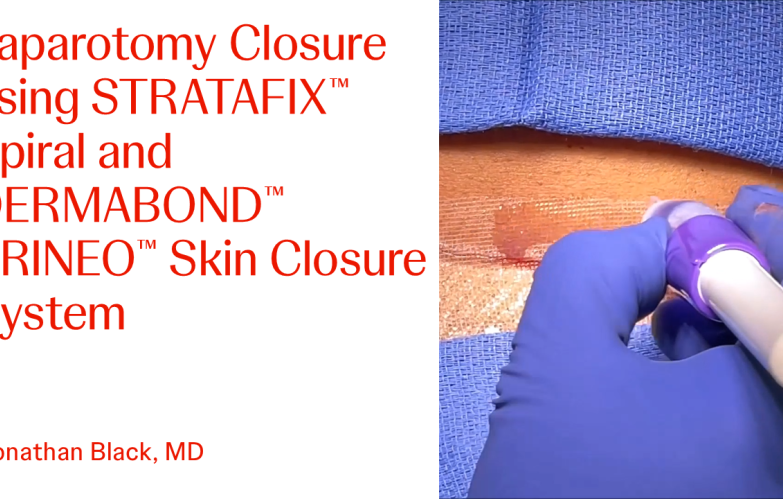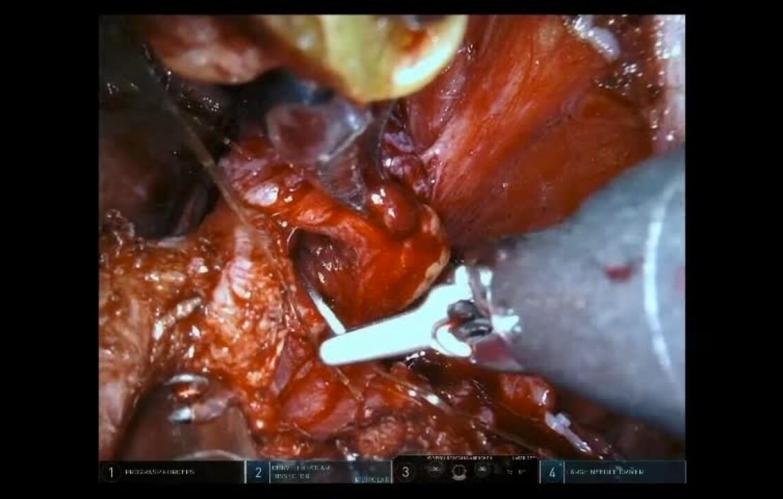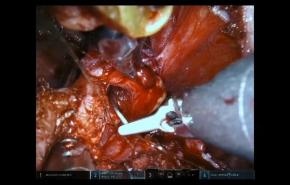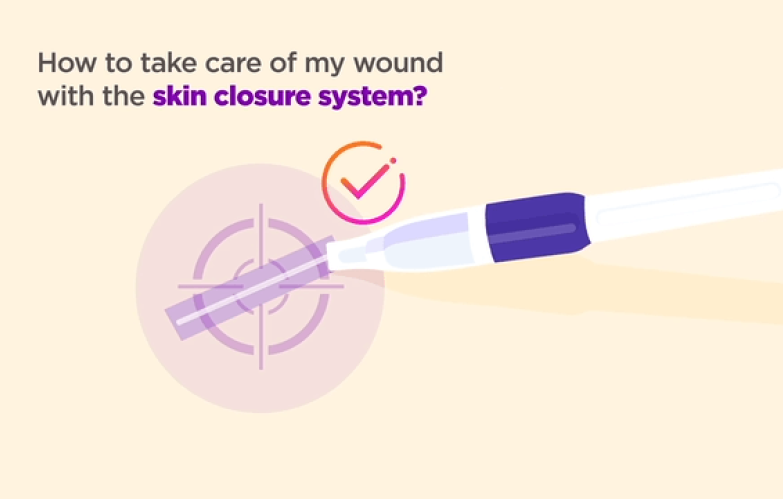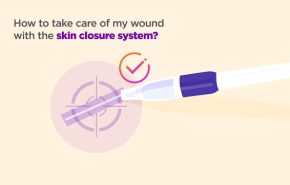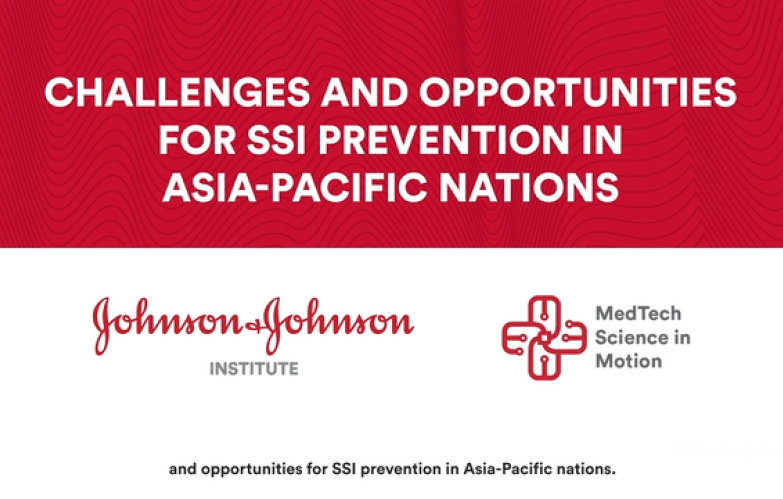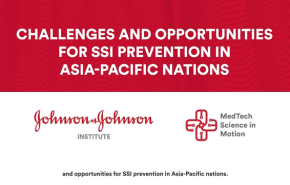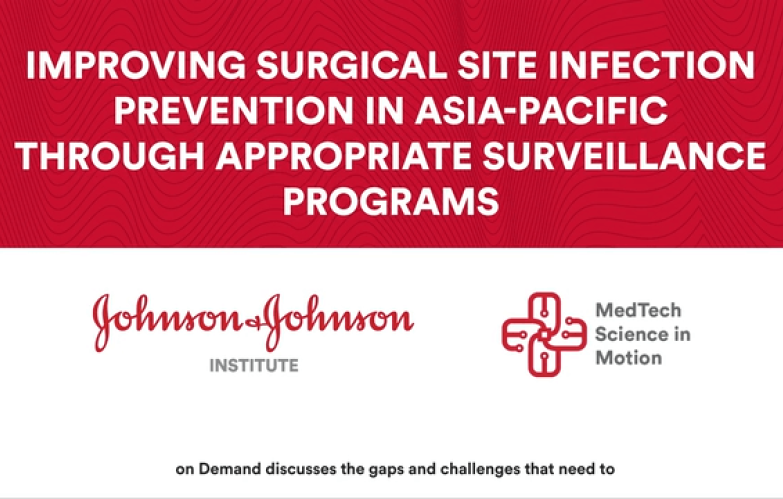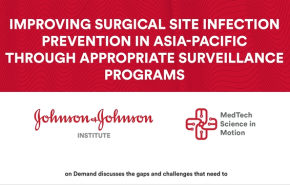- J&J Institute
- Library
- Browse by Specialty
- Wound Closure
Featured Learning
Watch as Dr. Black closes a laparotomy incision with STRATAFIX™ Spiral and DERMABOND™ PRINEO™. This content is intended for Health Care Professionals in the United States.
Watch this video to learn more as Dr. Witt performs a robotic prostatectomy using STRATAFIX™ Spiral Knotless Tissue Control Device.
Total knee arthroplasty (TKA) surgery helps to alleviate knee pain, allowing you to resume a normal lifestyle. Wound care should be the least of your worries. Learn how you can care for your TKA wound with the skin closure system, so that you can focus on the important things in life. This content is intended for Health Care Professionals in Southeast Asia.
Surgical site infection (SSI) is the most common postoperative complication, associated with poor postoperative recovery, increased postoperative morbidity and mortality, and the spread of antibiotic resistance. This episode of Digital Evidence on Demand discusses challenges and opportunities for SSI prevention in Asia-Pacific nations. This content is intended for Health Care Professionals in Southeast Asia.
Surgical Site Infection (SSI) is a common type of healthcare-associated infection (HAI) that accounts for 1 billion dollars spent every year in the U.S. alone. In the Asia-Pacific region, data is limited and does not allow for a true picture of the epidemiology of SSI. Challenges and recommendations for the implementation of an SSI surveillance program are discussed. This content is intended for Health Care Professionals in Southeast Asia.

